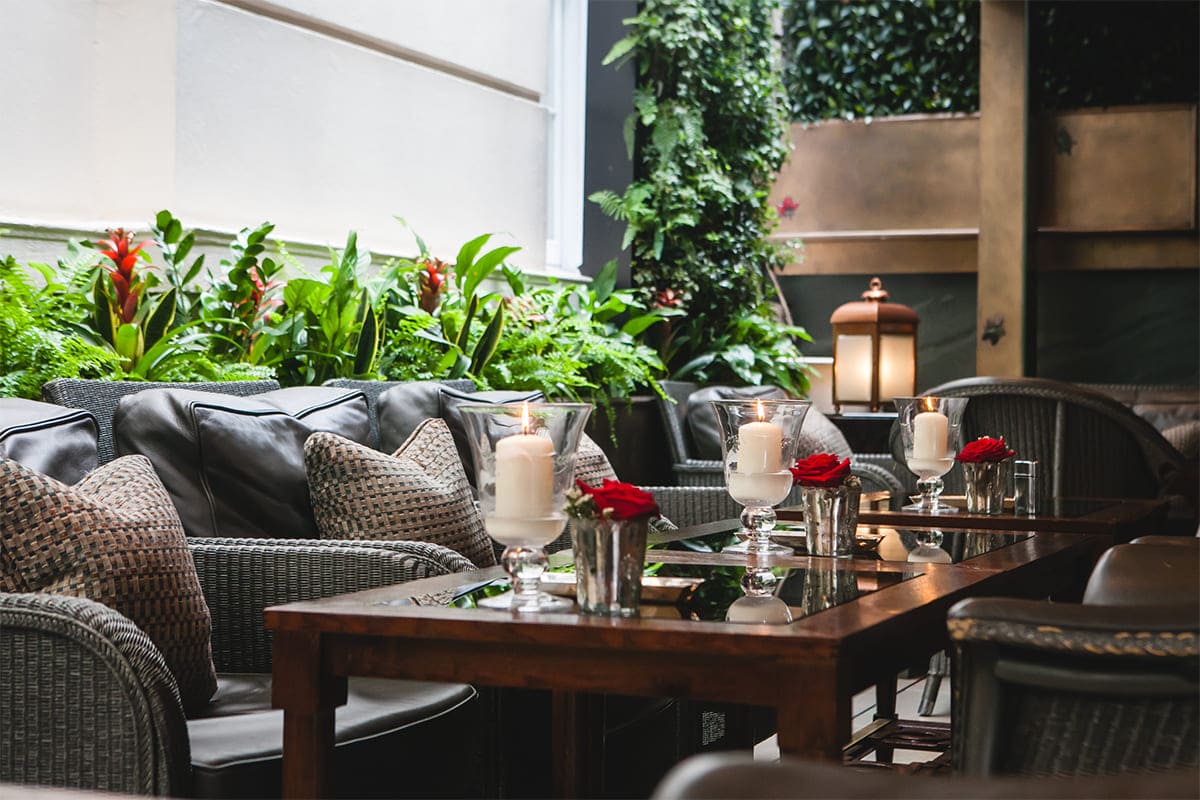
The Garden Room at The Lanesborough hotel, Knightsbridge
The Garden Room at the Lanesborough hotel is one of the world’s most glamorous cocktail destinations. Darius Sanai celebrates the end of London’s lockdown with a glass of fine wine and a cocktail
Have you ever wondered what it must be like to be on the other side of the luxury hospitality industry? We love the service at the world’s great hotels and restaurants, from Lombok to London. But to be in the hospitality industry, to be serving demanding, wealthy, privileged, and often entitled customers literally 24/7?
Follow LUX on Instagram: luxthemagazine
There are LUX readers who will know the answer, perhaps because they own a hotel or group of restaurants, or trained in the industry before becoming senior executives. From my own conversations (and my limited experience of working in the industry at a very low pay grade when I was younger) there is one thing that unites any institution with great service, and that is the love of providing great service. All those stories about staff going home and cursing and sticking pins in dolls of their customers? Not really, not in the greatest hotels and restaurants. You have to love what you do, however exhausting.
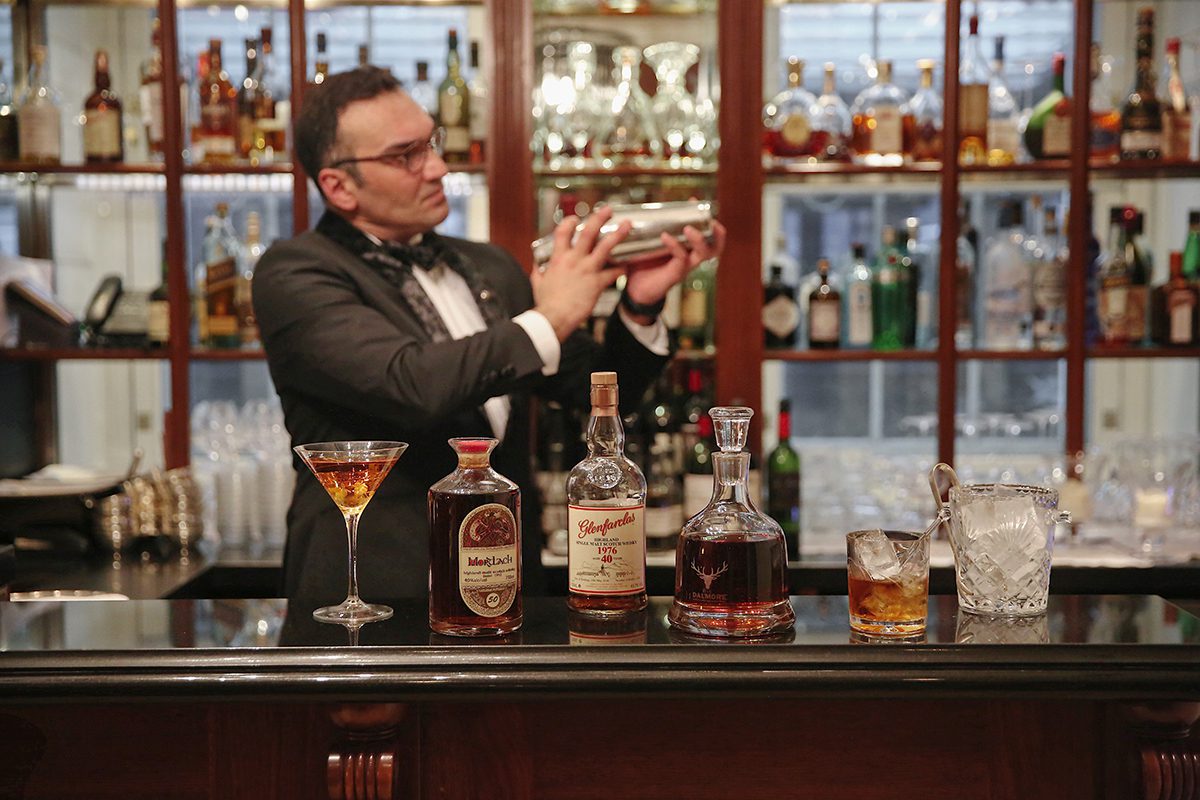
And that’s what I realised I had missed when walking through the doors of the Lanesborough in London last week, my first entry into a luxury hotel since last year, unprecedented in my current life. If you are fortunate enough to be able to stay and visit such establishments – not confined to marble and gold taps luxury, but anywhere at the peak of the hospitality industry – you will have missed being with people who genuinely love and get a thrill out of looking after their guests. This goes as much for the old couple who welcome you in to sit on a table (that’s right) in the mountains of northern Iran and treat you with a banquet of tea, local fruits and Petit Beurre biscuits as it does for a luxury hotel.
But if you are visiting a luxury hotel, there are very few that will give you better service than one of the Oetker Collection, comprising among others the Eden Roc, the Bristol in Paris, and the Lanesborough in London.
Read more: Hermès perfumer Christine Nagel on the emotional power of scent
Stepping into the doors of the Lanesborough, being ushered at a distance down the up-lit marble hallway to the grand stairs leading down towards the Garden Room – the outdoor space that they are now permitted to open – was, after London’s lockdown, a luxury experience in itself.
Even if you wouldn’t dream of smoking a cigar, you would be tempted by the cigar wall on your right downstairs and the subsequent cigar library – with delicious looking cigars dating back for decades – on your left as you enter the Garden Room.
It’s a kind of combination of a bar and a terrace. A short selection of excellent wines served in cut crystal glasses, heavy enough to make a thud when you put them down on your table. (Note to the sommelier: while each of the wines is superb in its own right, you have three Sauvignon Blancs as the first three wines on your list.) A Chablis Lechets Bernard Defaix was an excellent match to our dinner of crispy squid, very nutty homemade hummus, garden salads, and a sea bass with olive and tomato (and truffle fries) that flung us, metaphorically, to the Cote d’Azur in June.
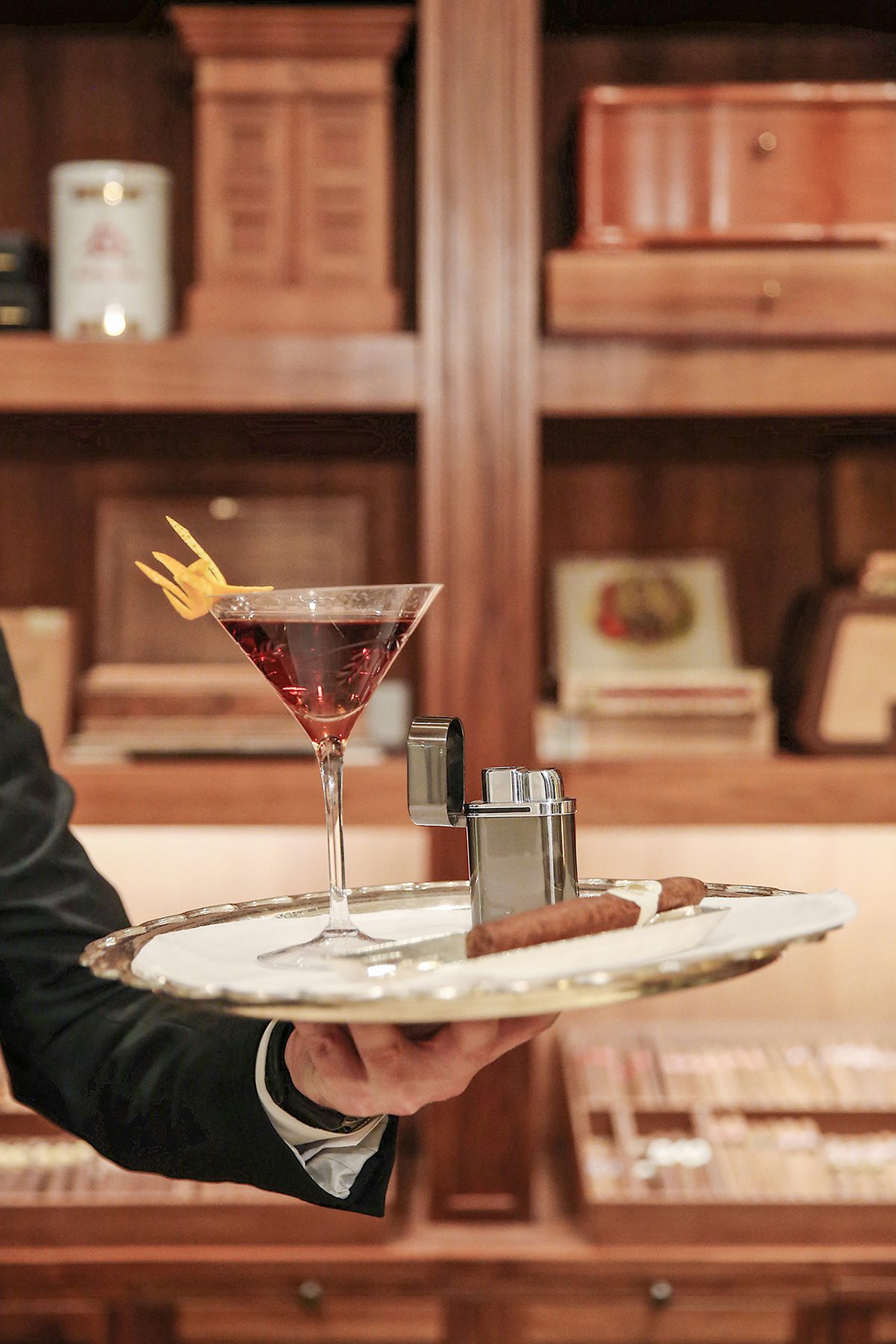
This is a cocktail bar above all else, and a virgin mojito (always a hard drink to make brilliantly, without the balance of the Havana Club) was sweet-sour mint perfection.
And the service: it felt like the staff had been waiting for months of gruelling lockdown just to get back to work – which may or may not be true, but they made us feel it was true, which is the suspension of belief of every luxury experience.
The Garden Room may not be for the stogiephobic – although semi-outside, it has the waft of well-aged Havanas in its DNA – but aside from that it is a London destination, now reopened, with glamour. That’s what we have been missing, and as glamour is almost by definition provided by other people, it’s impossible to recreate at home in a lockdown. The Garden Room has it by the magnum.
Find out more: oetkercollection.com/hotels/the-lanesborough/
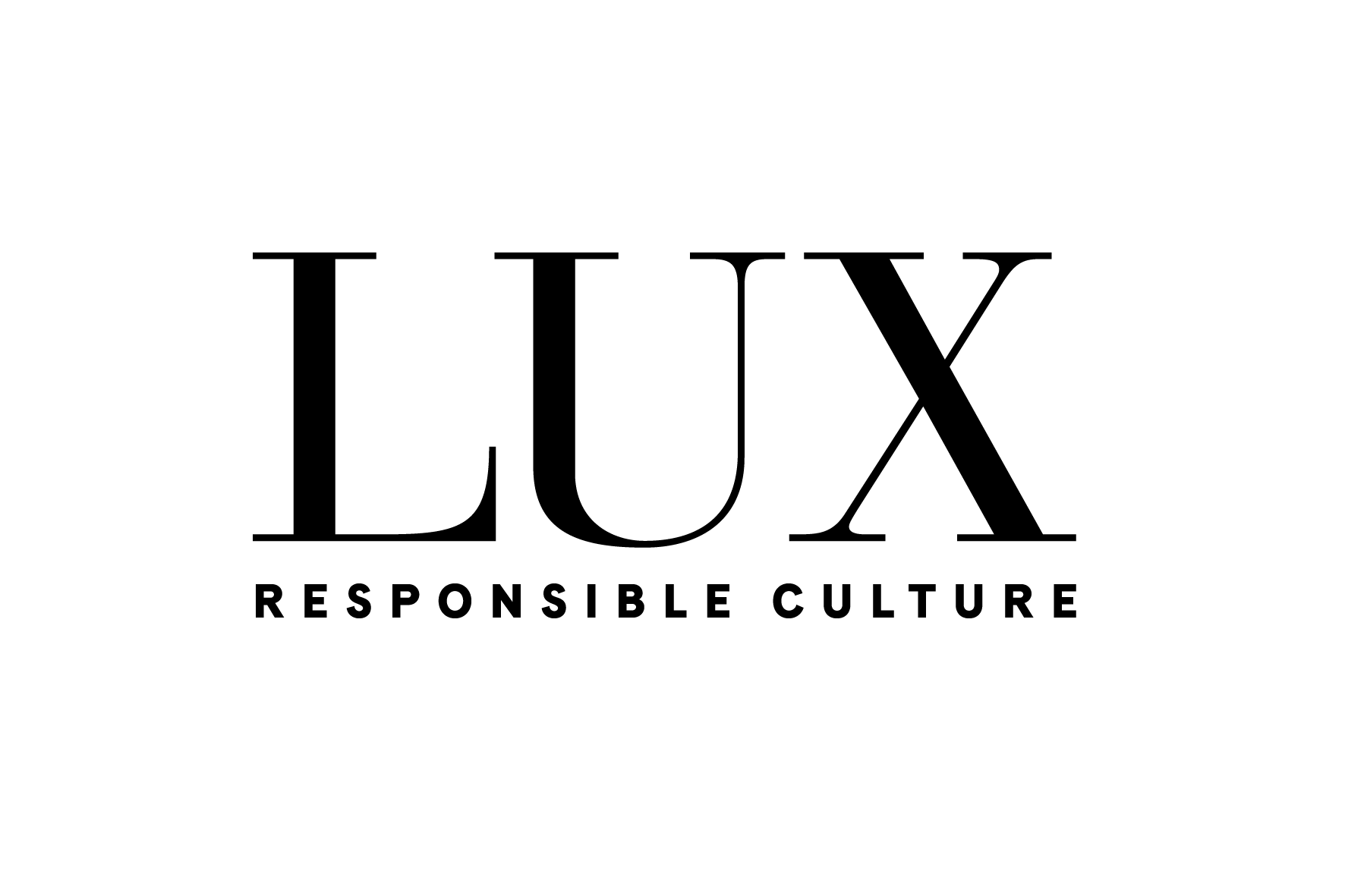

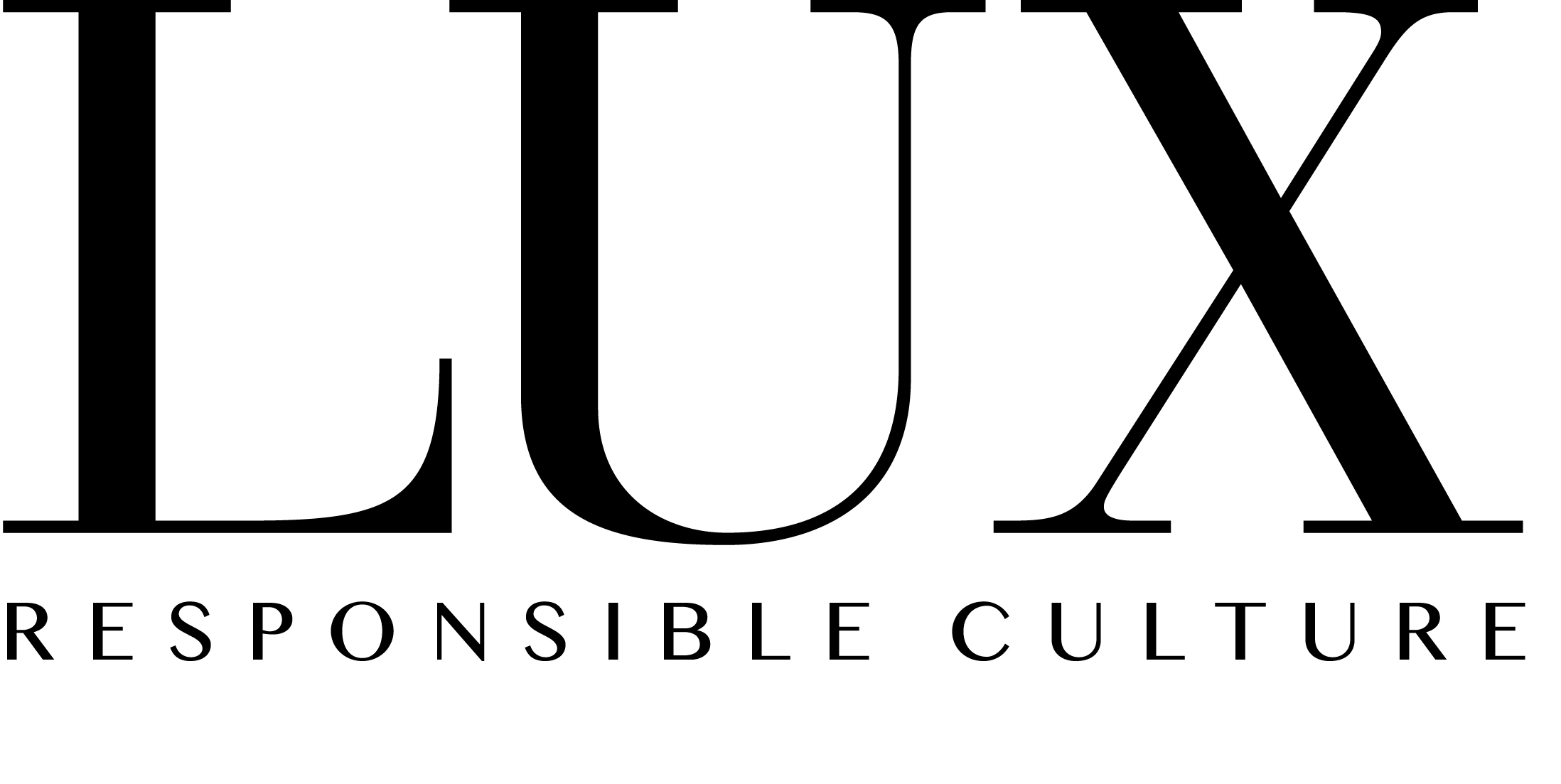
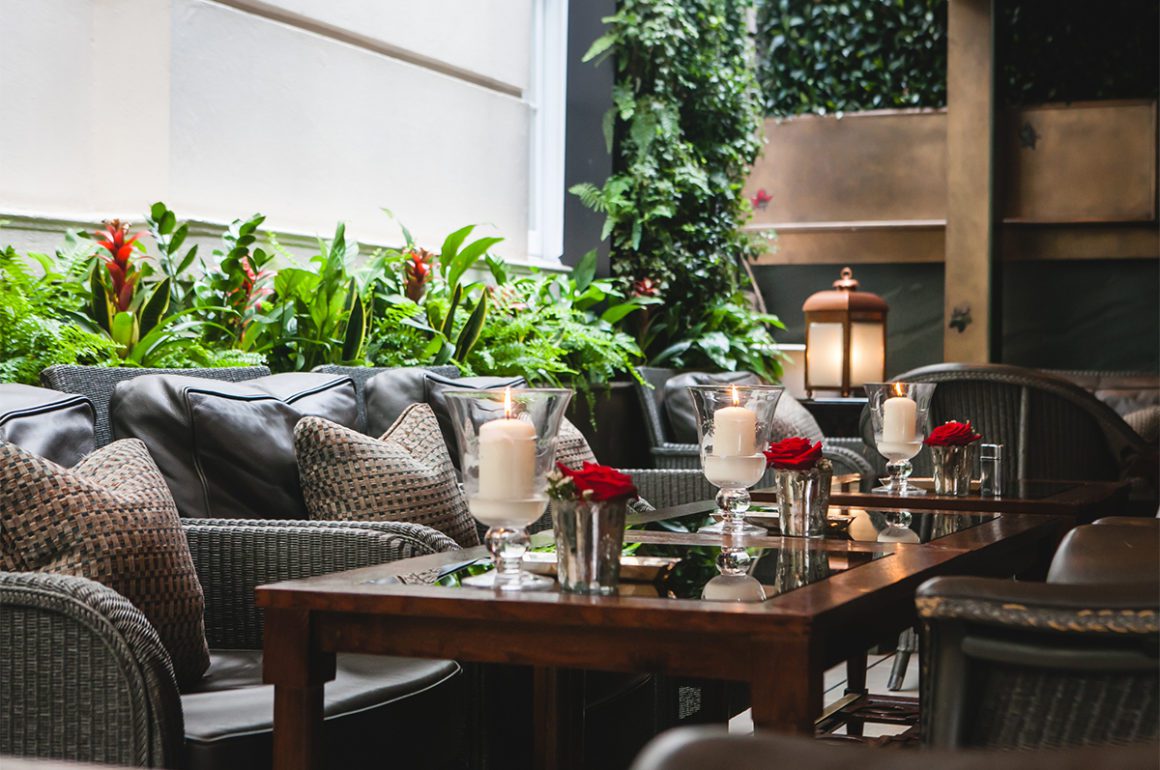

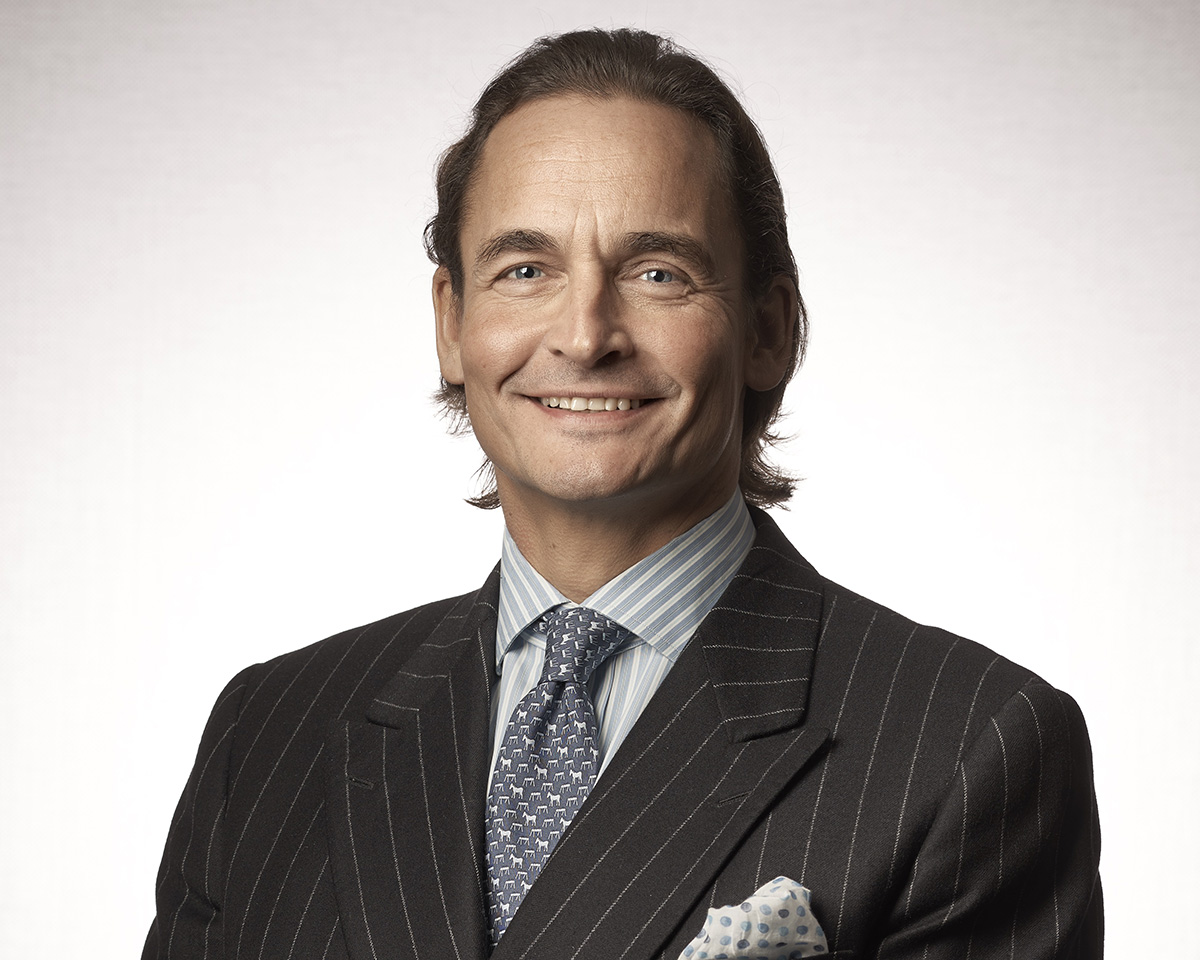




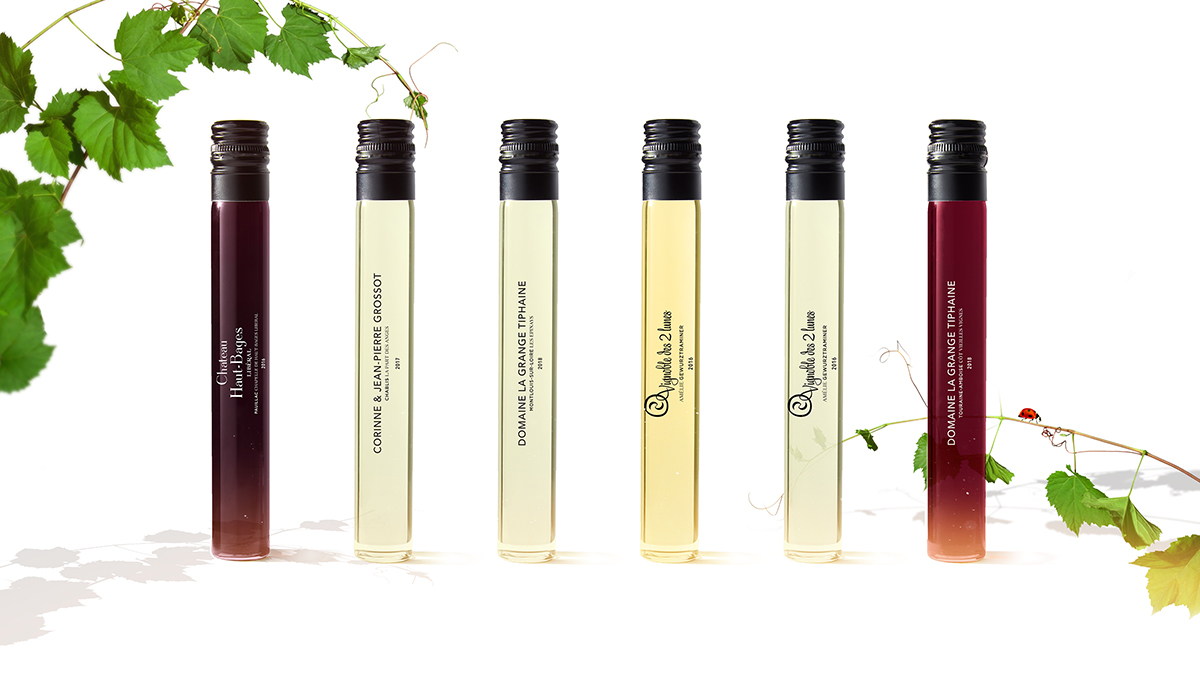
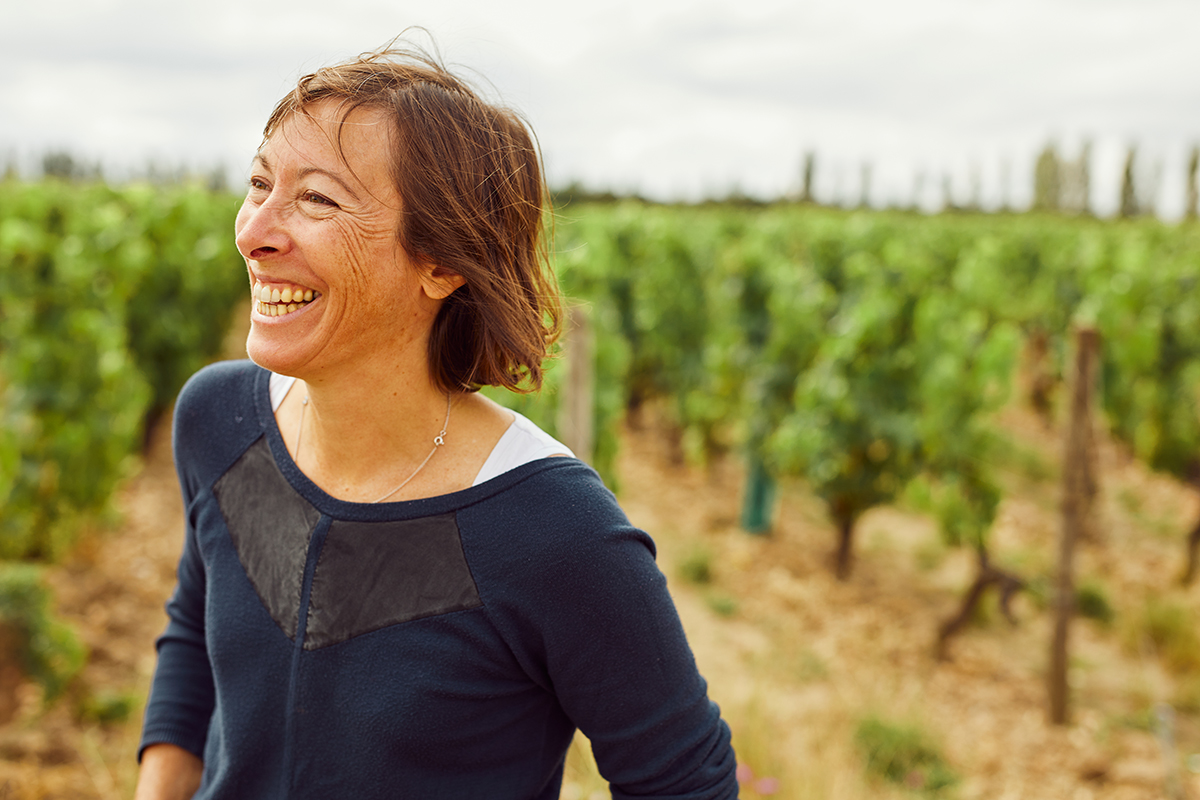
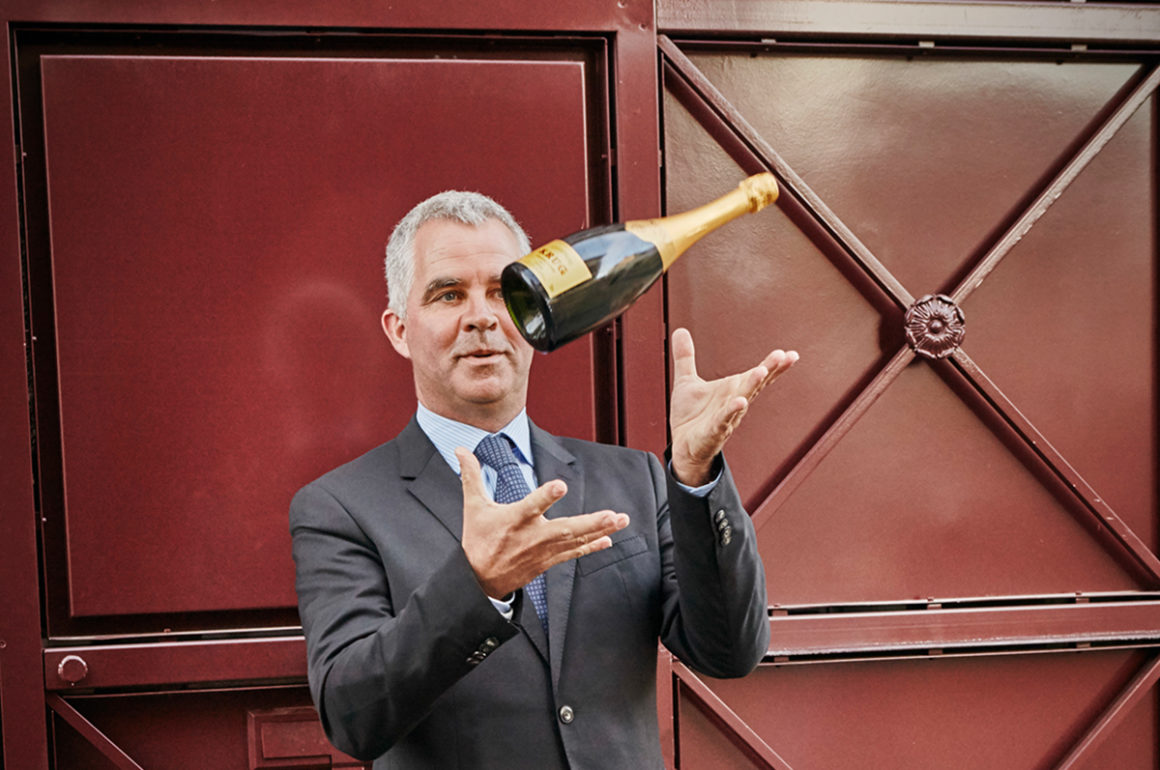
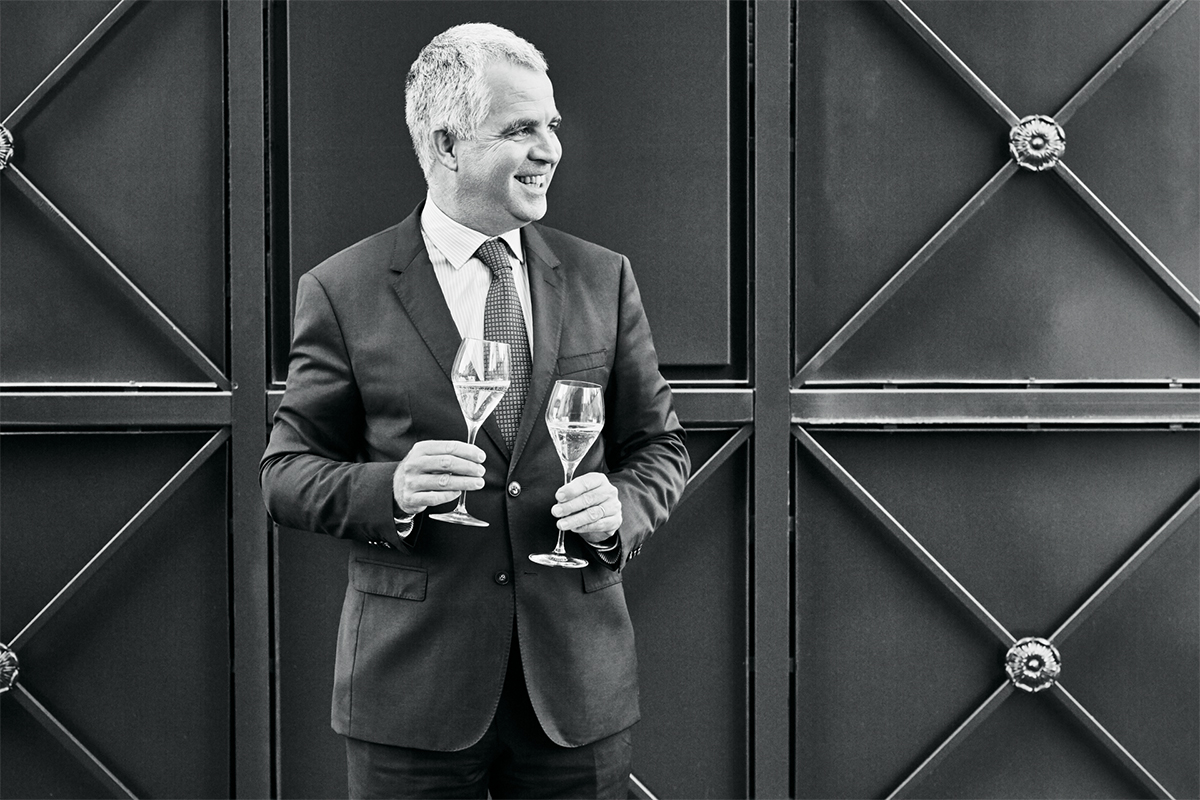
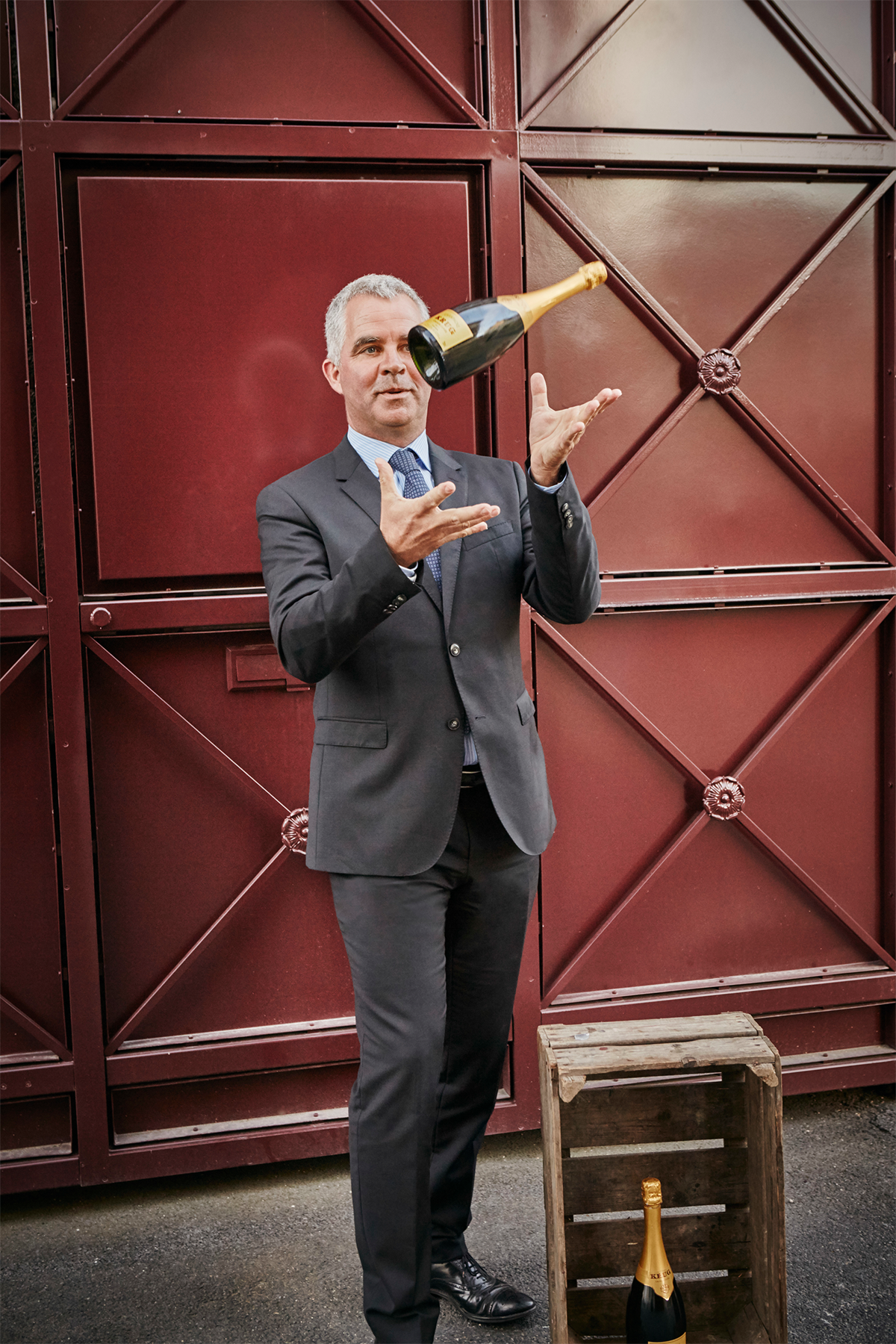
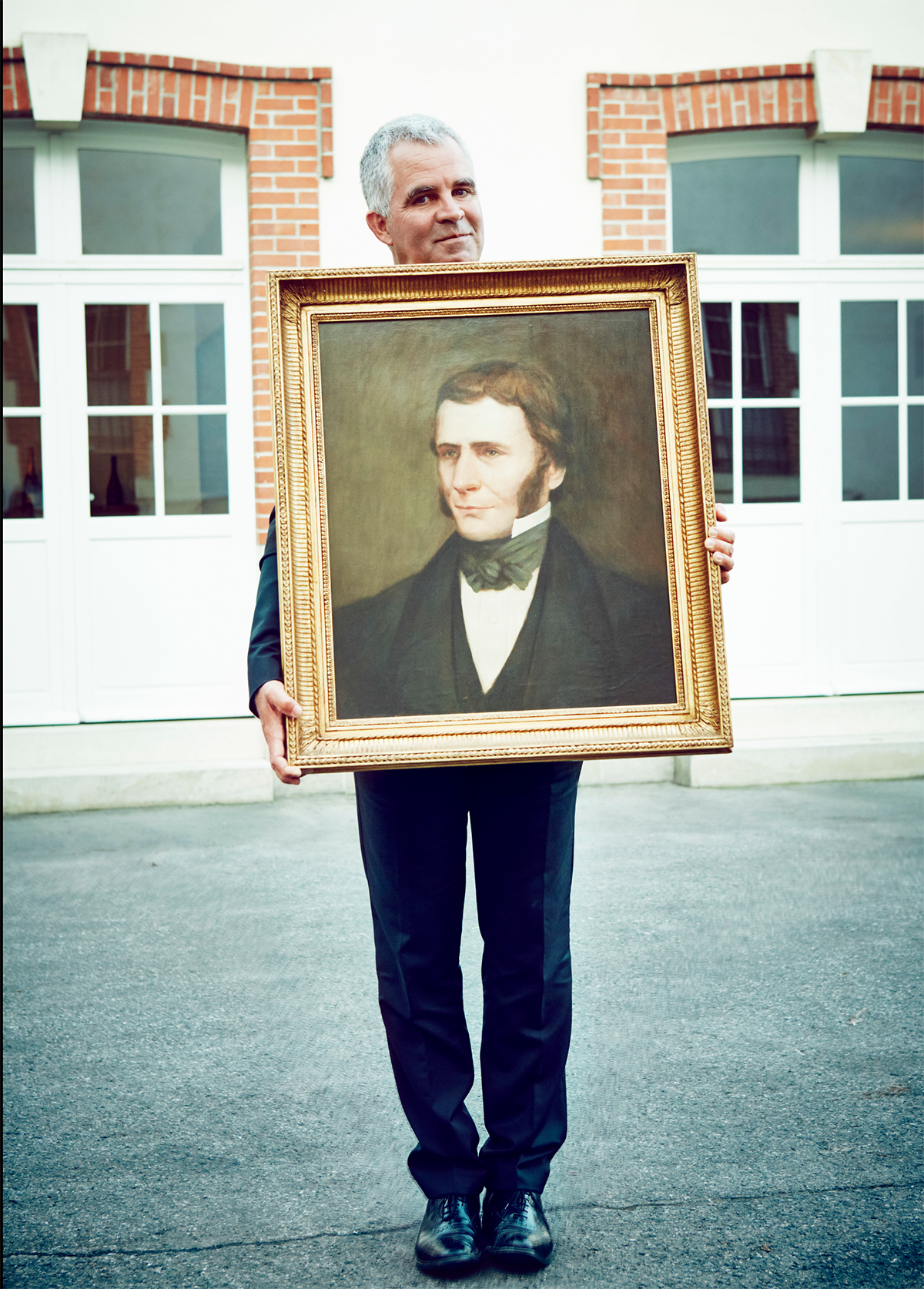
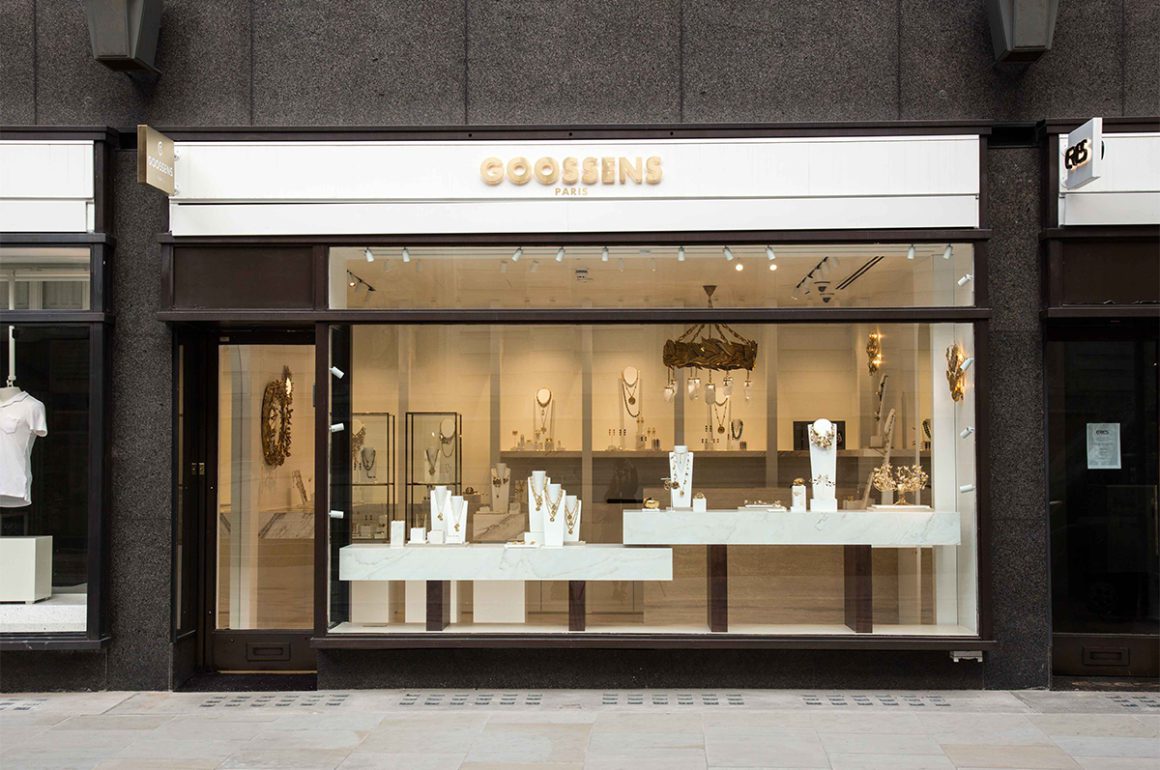
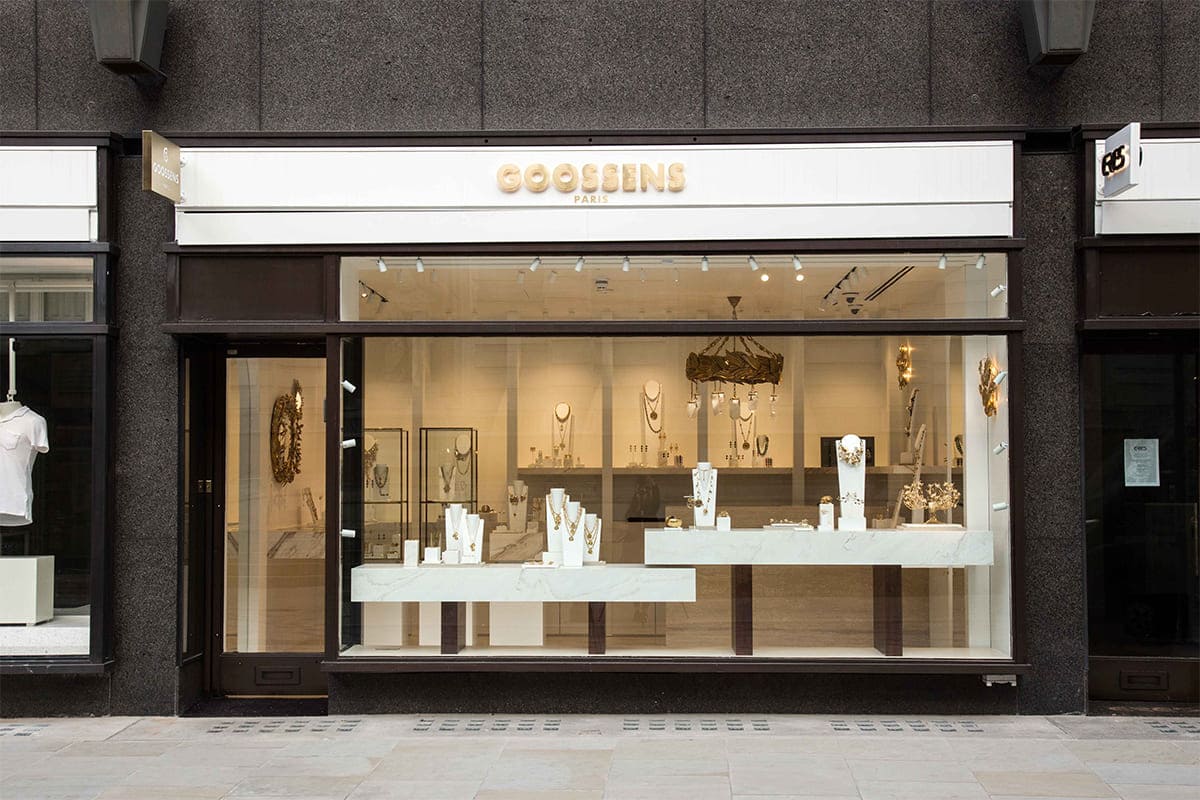
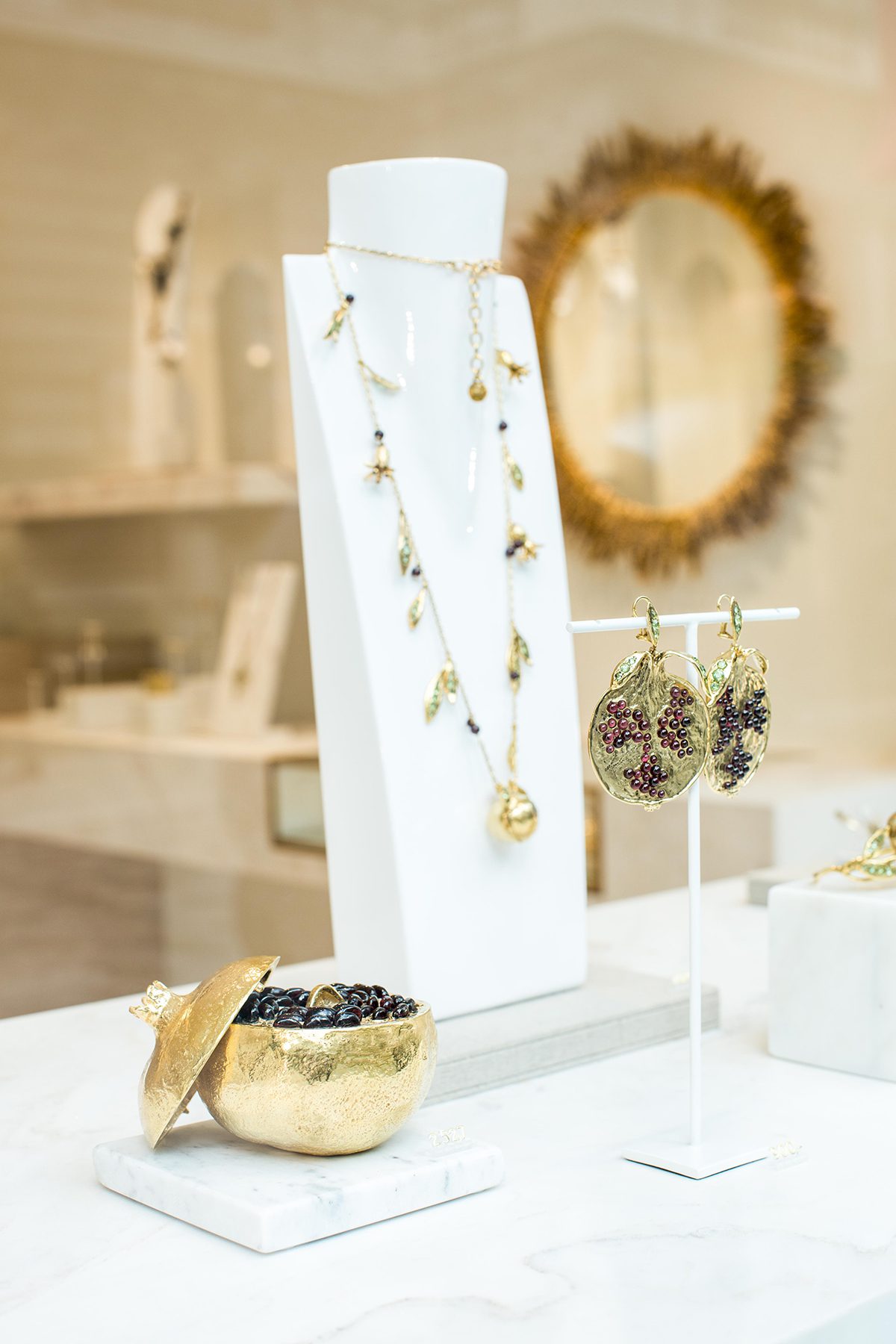


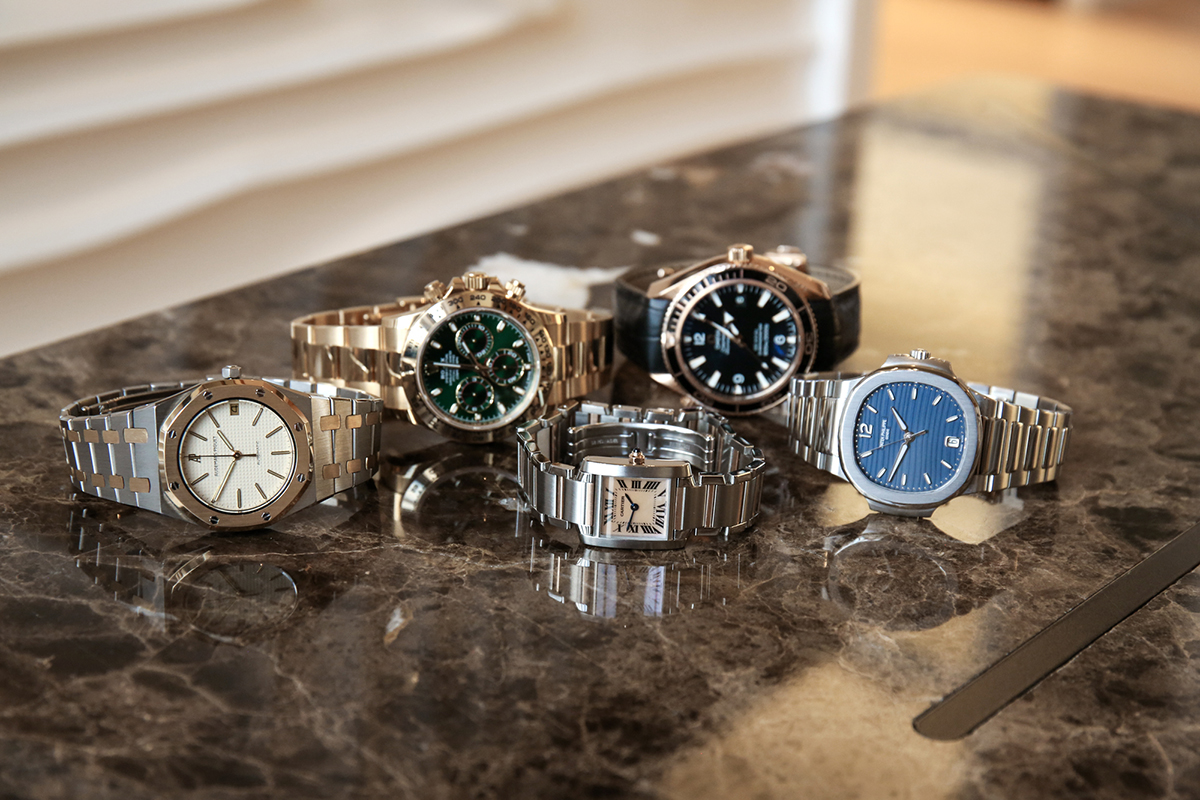
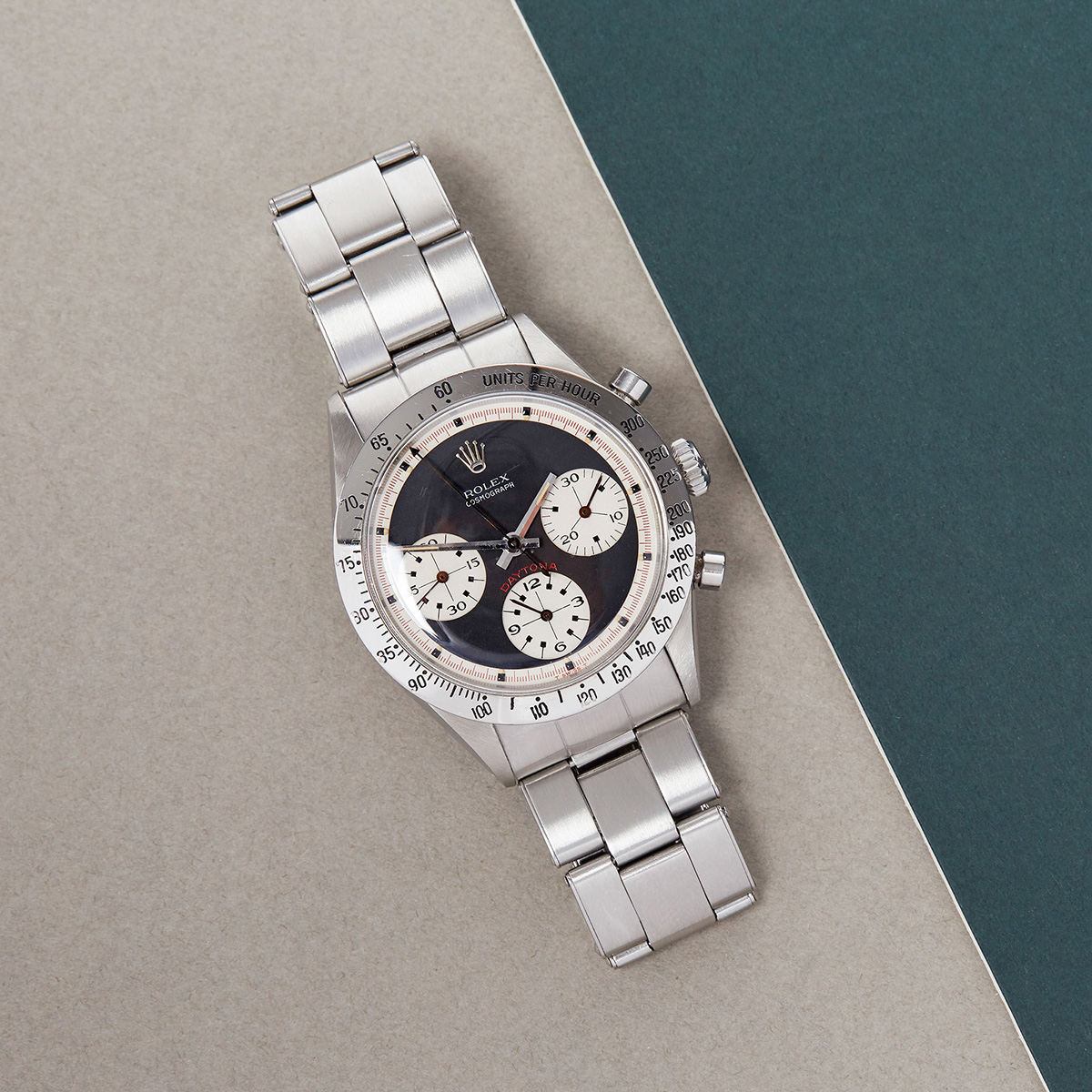


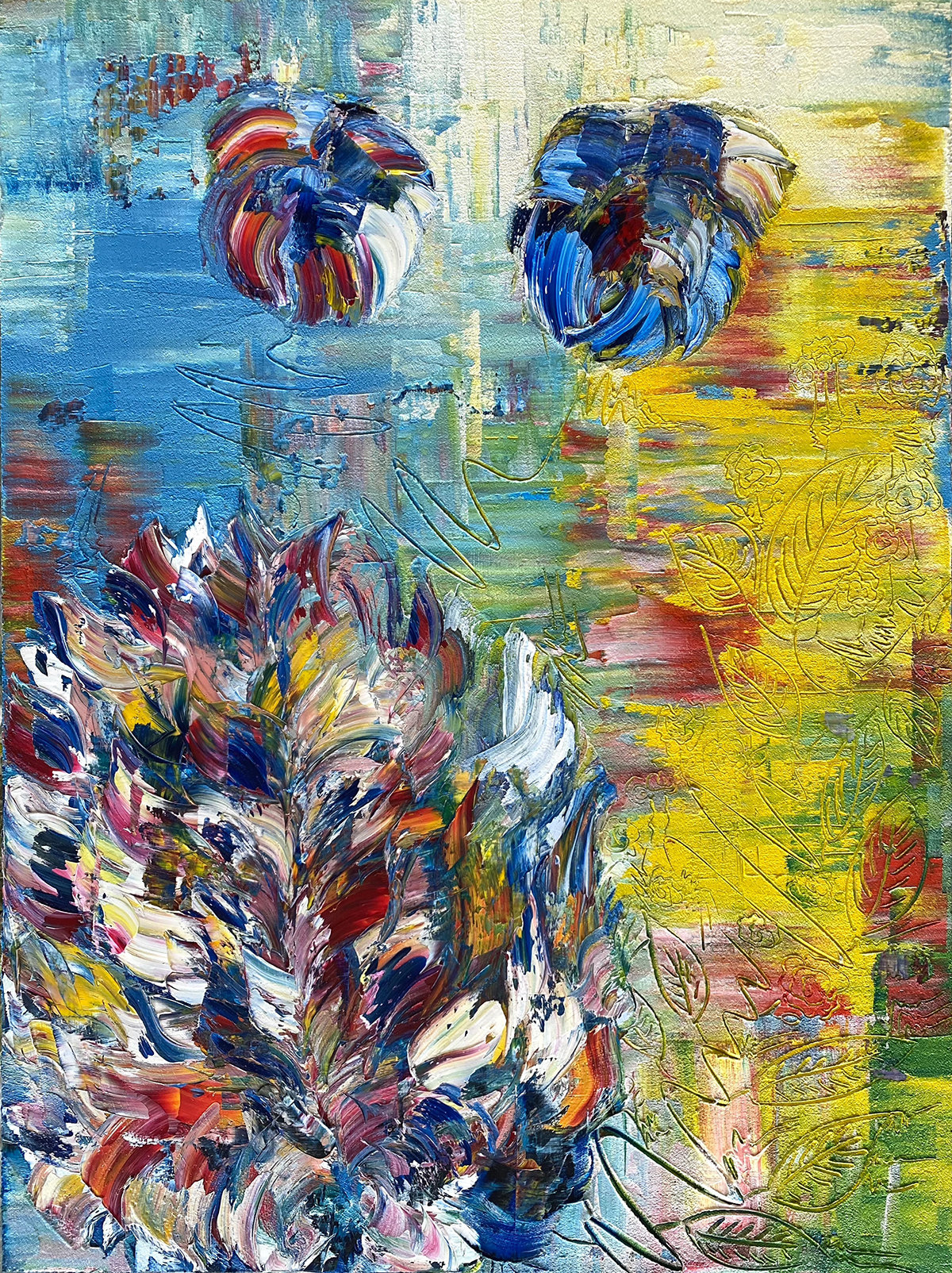

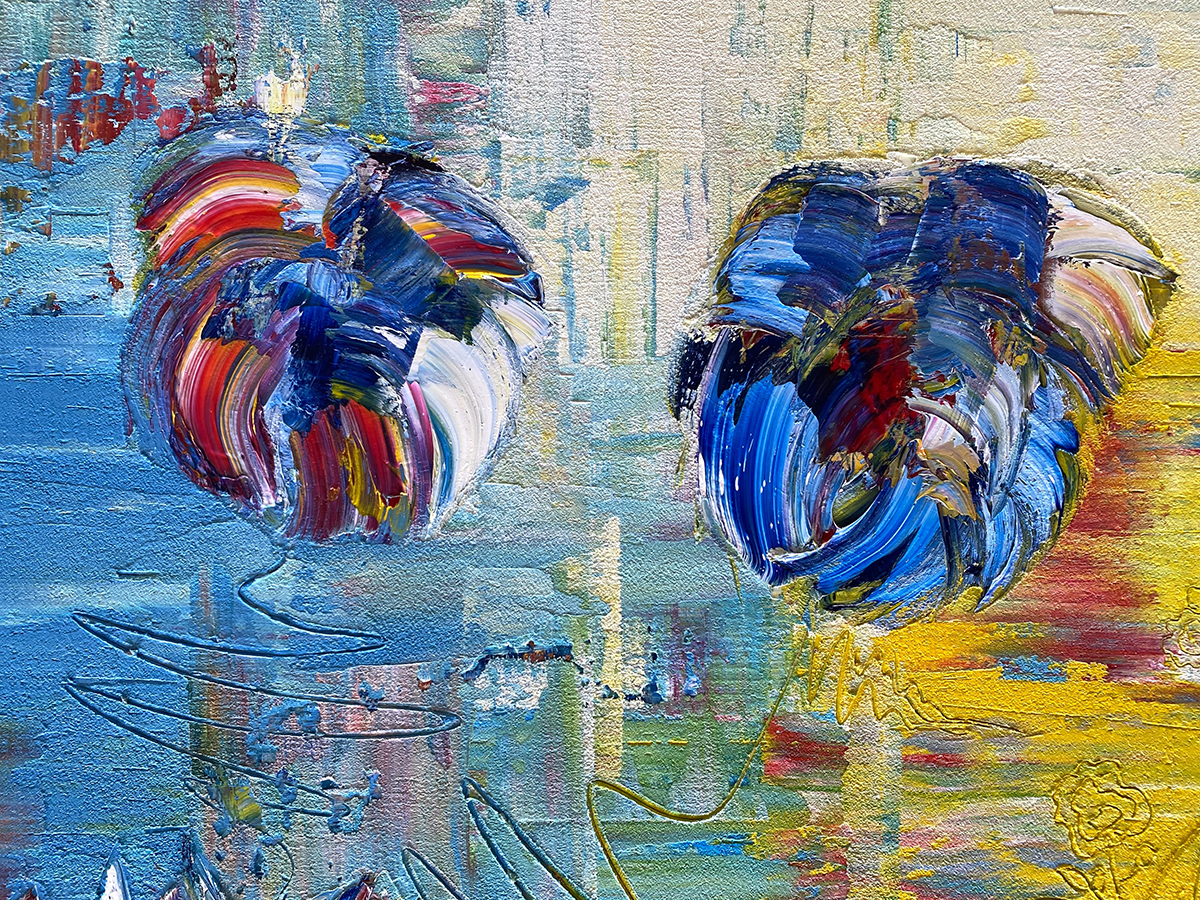



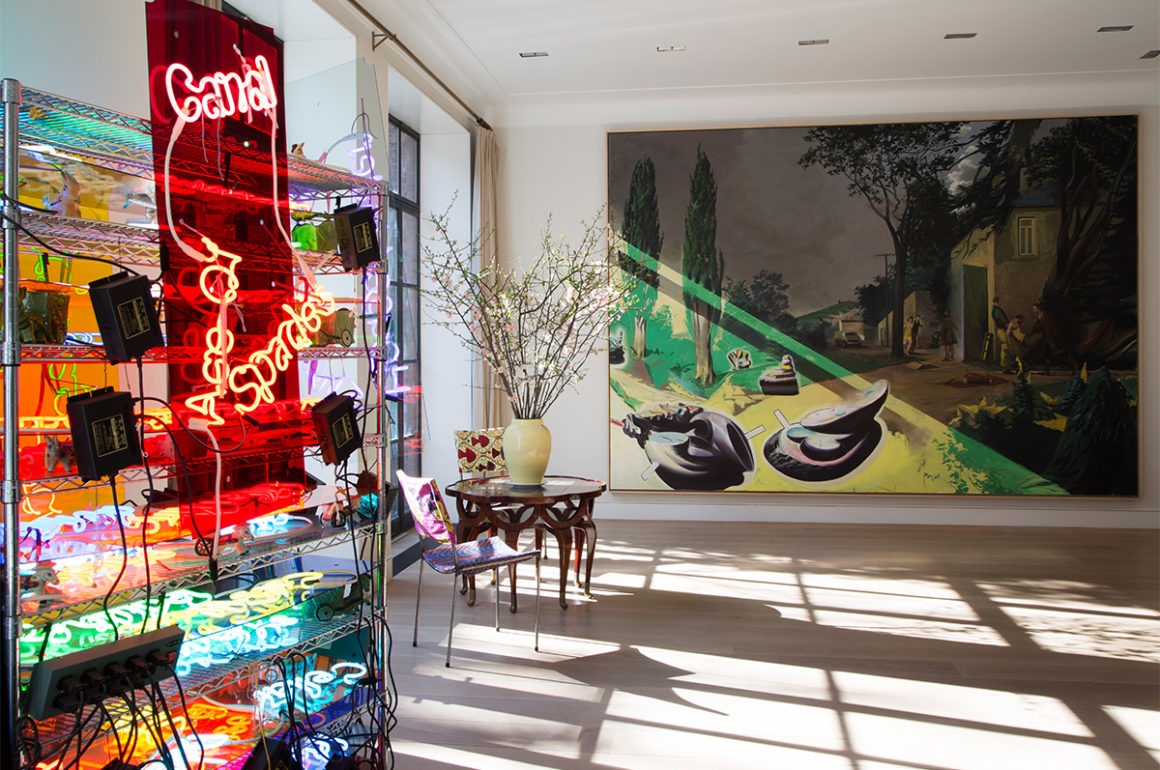
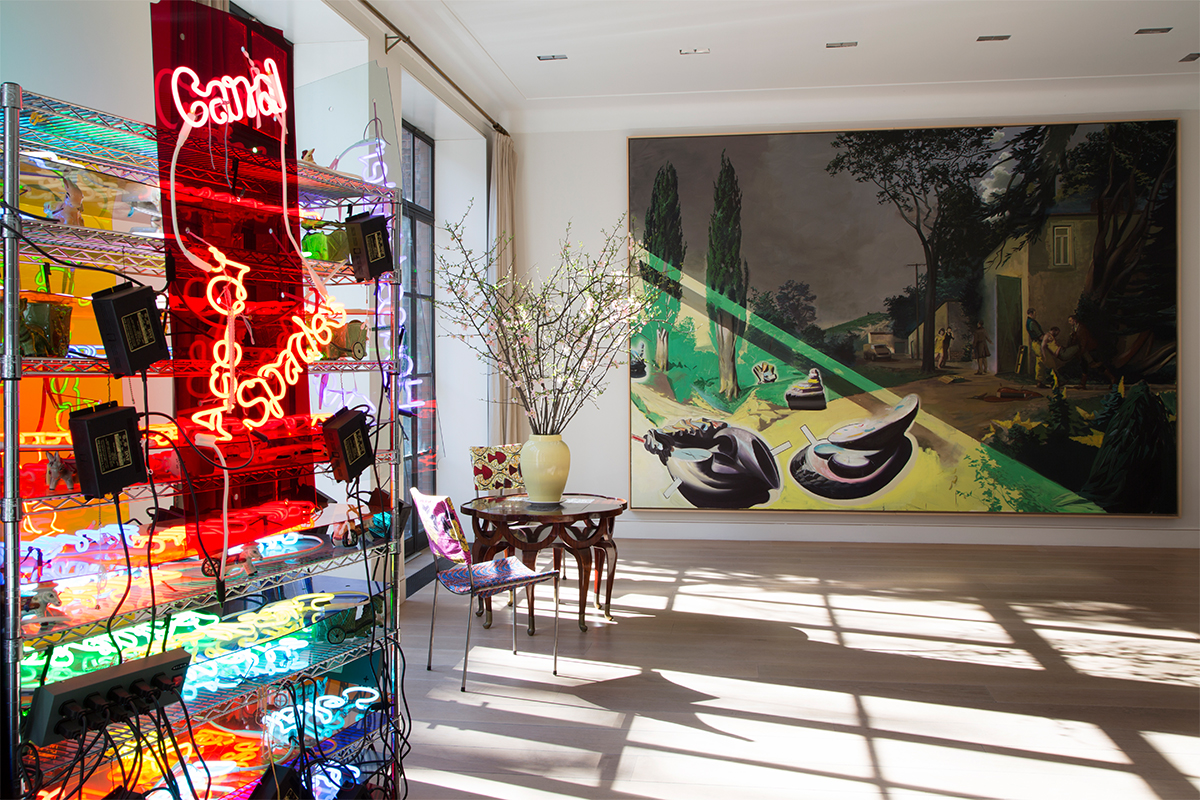

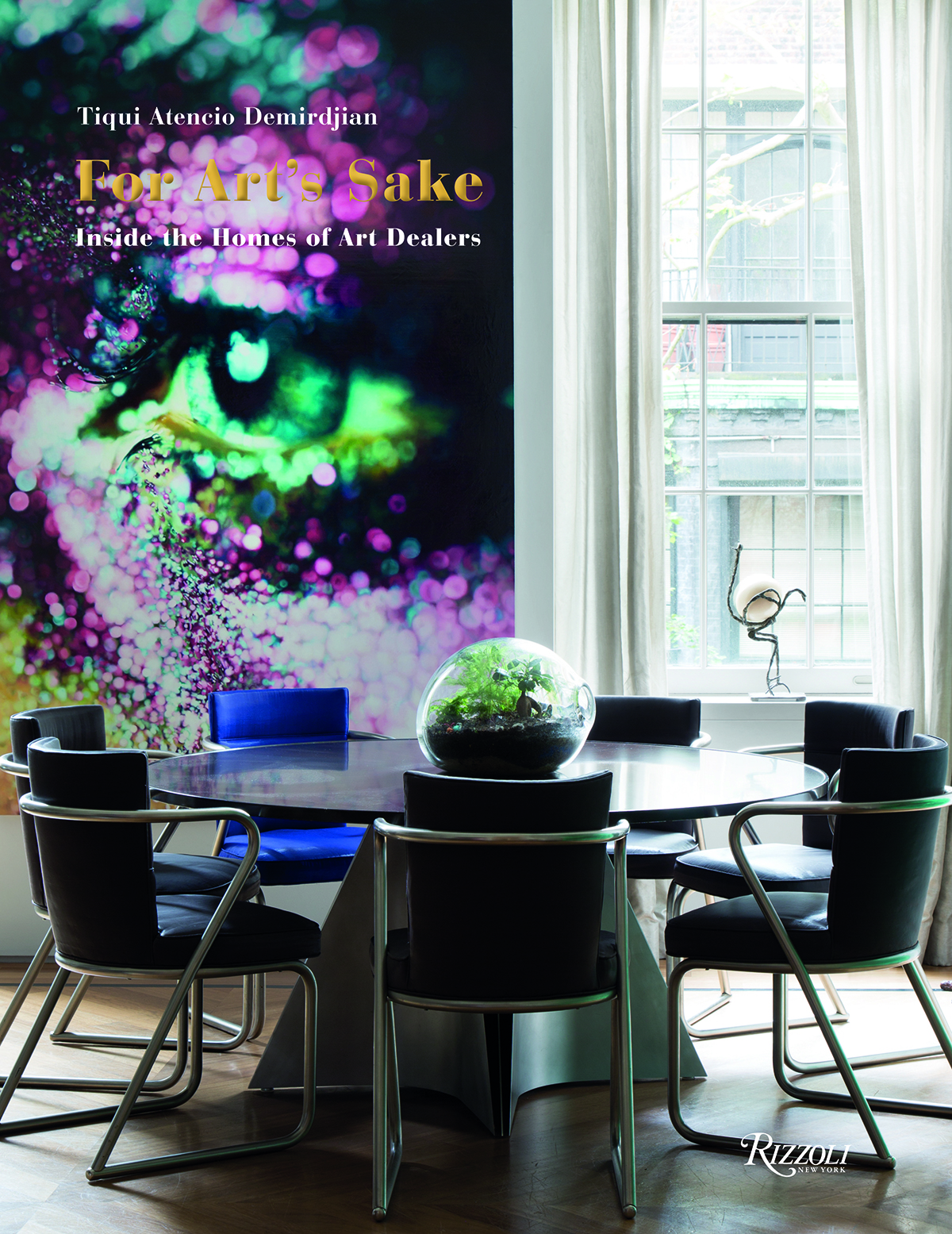
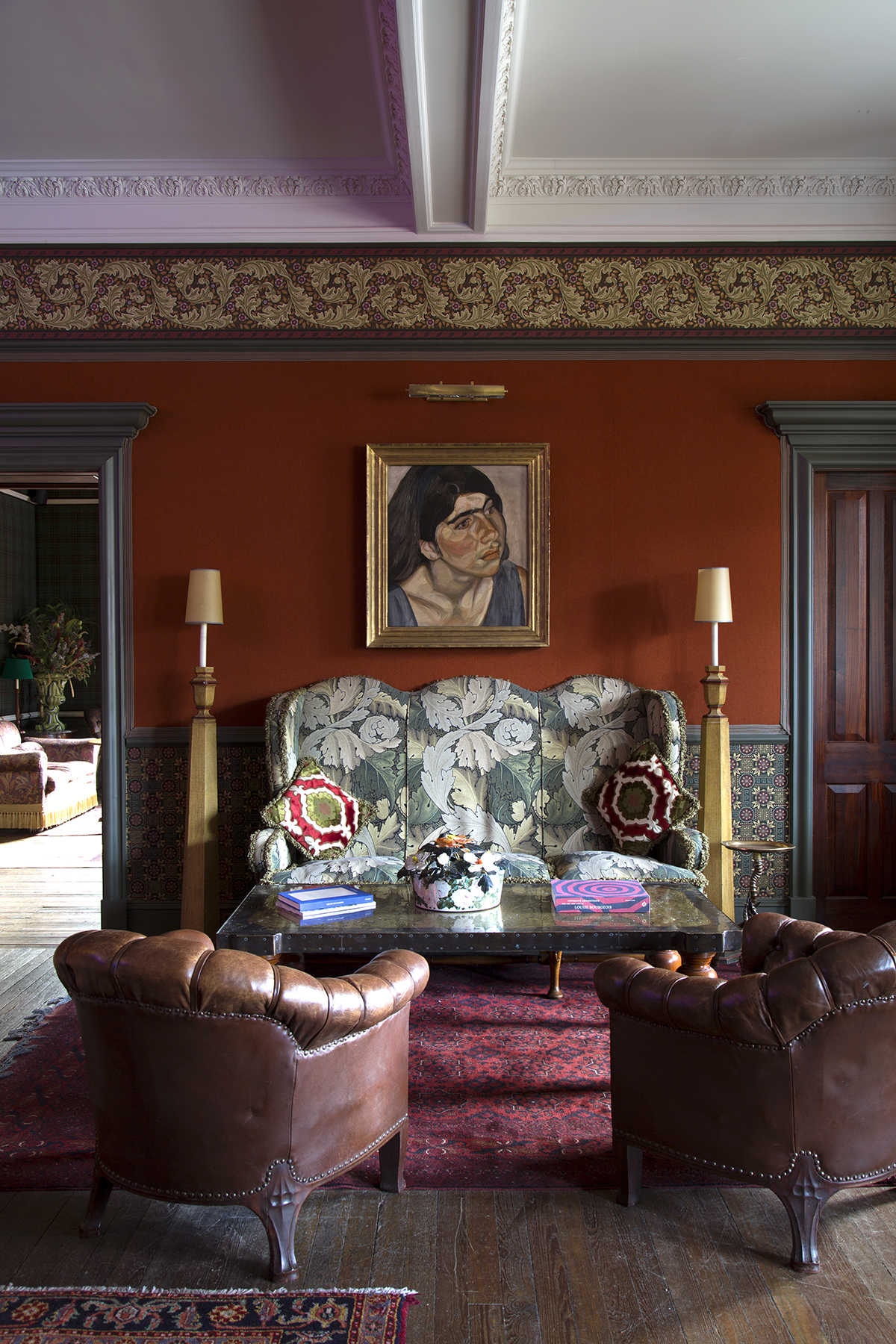
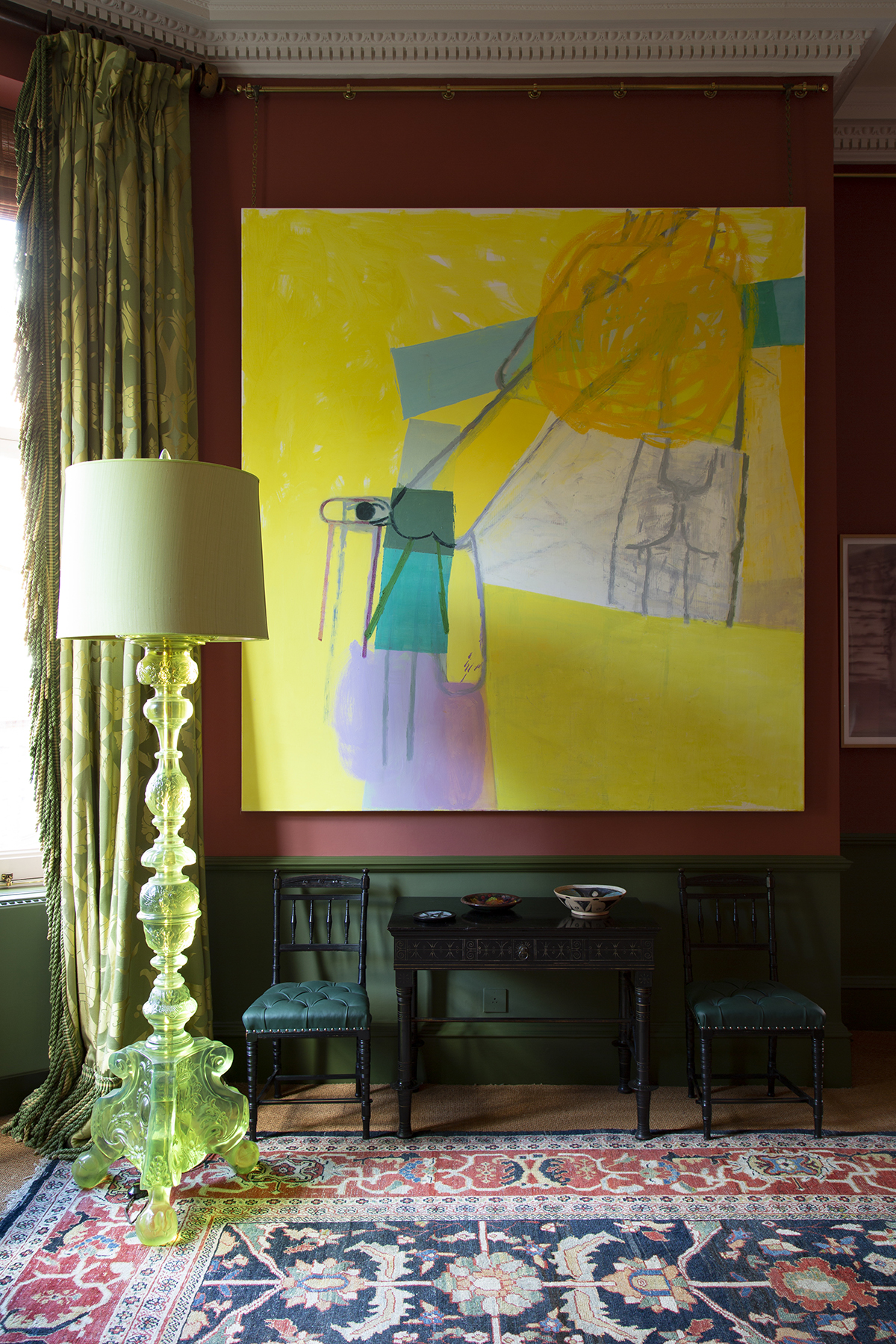



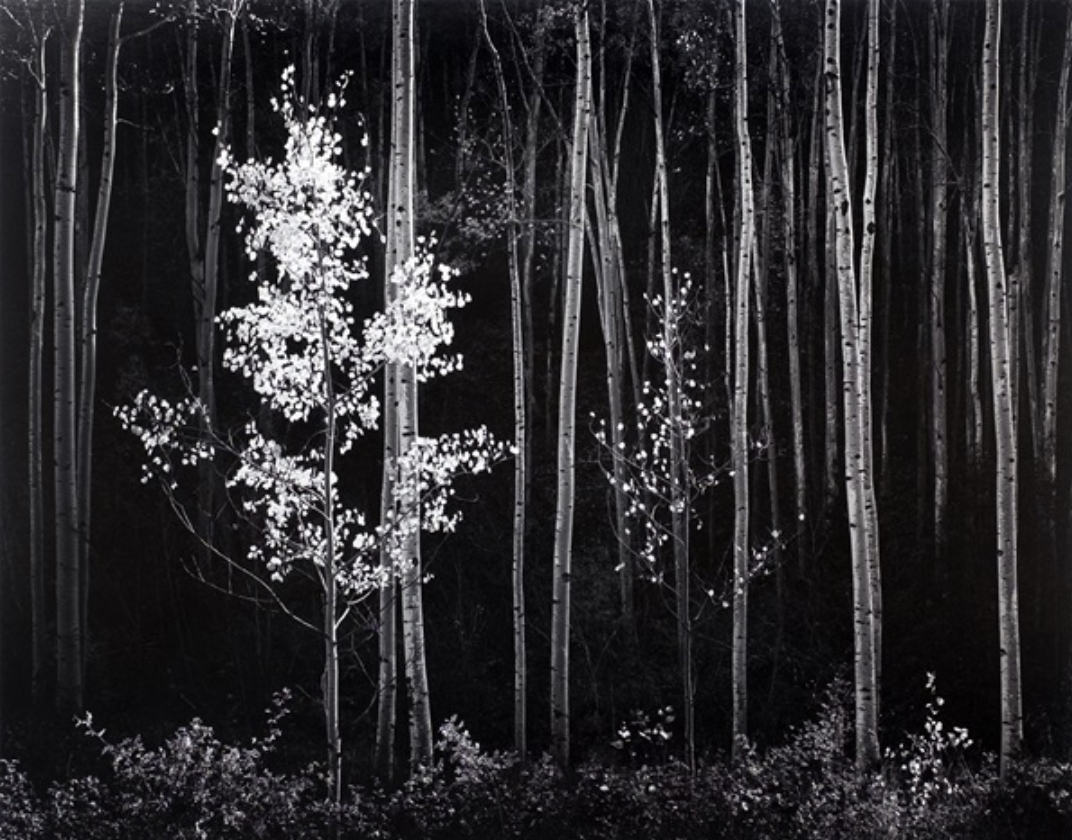
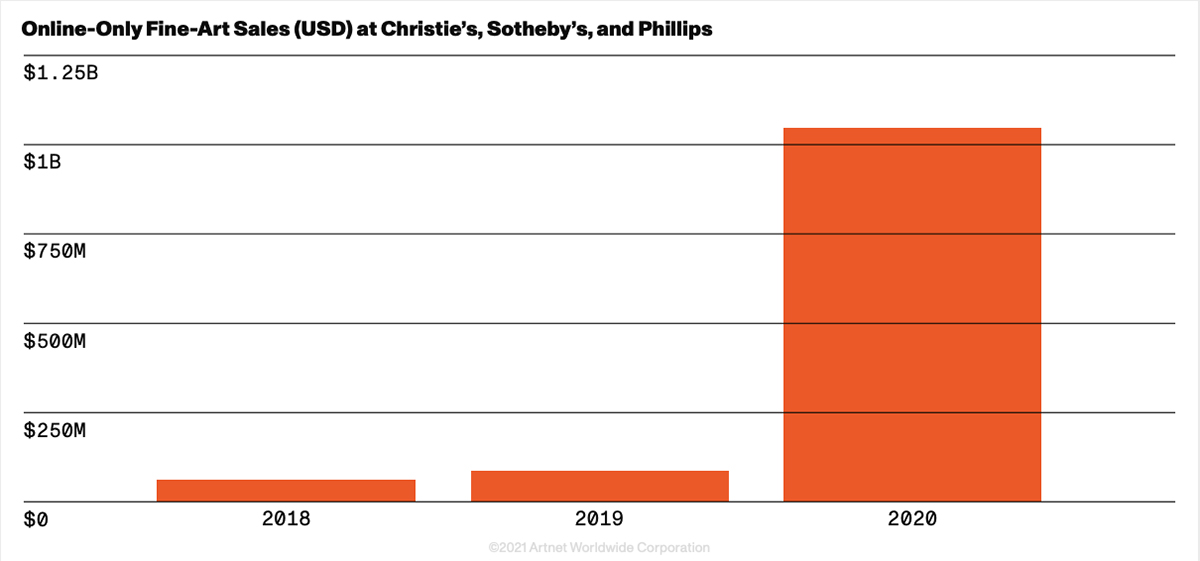

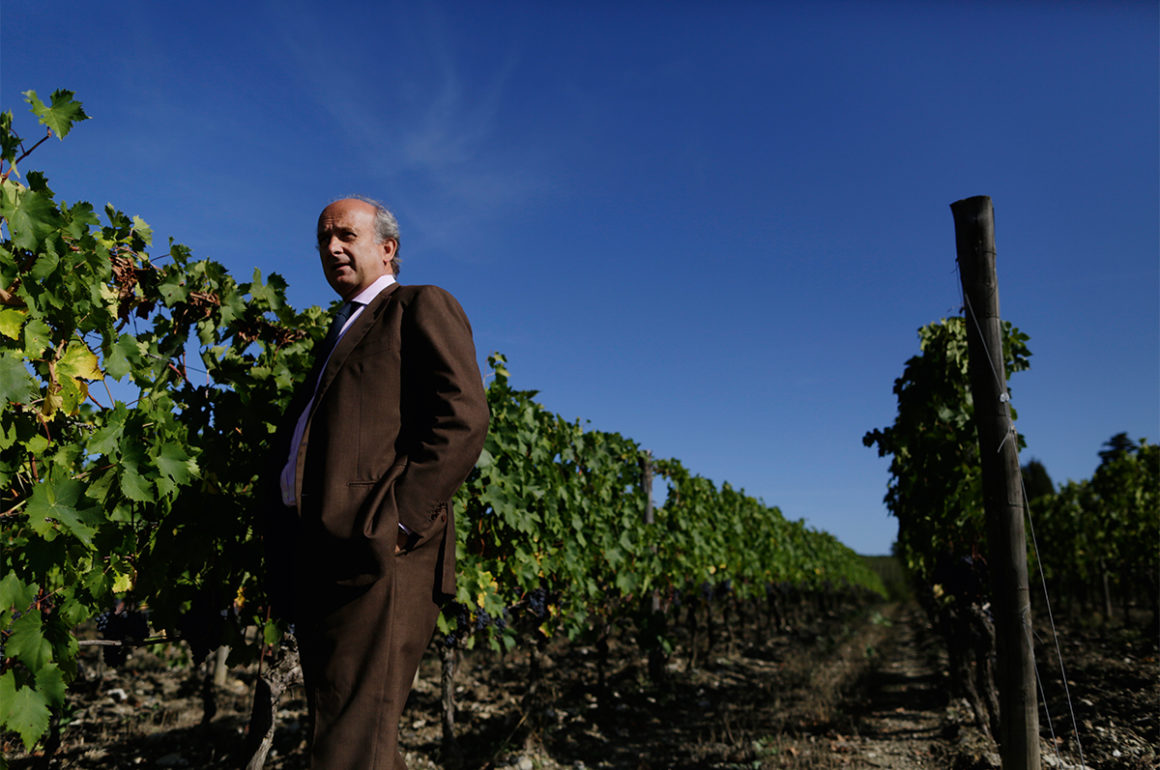
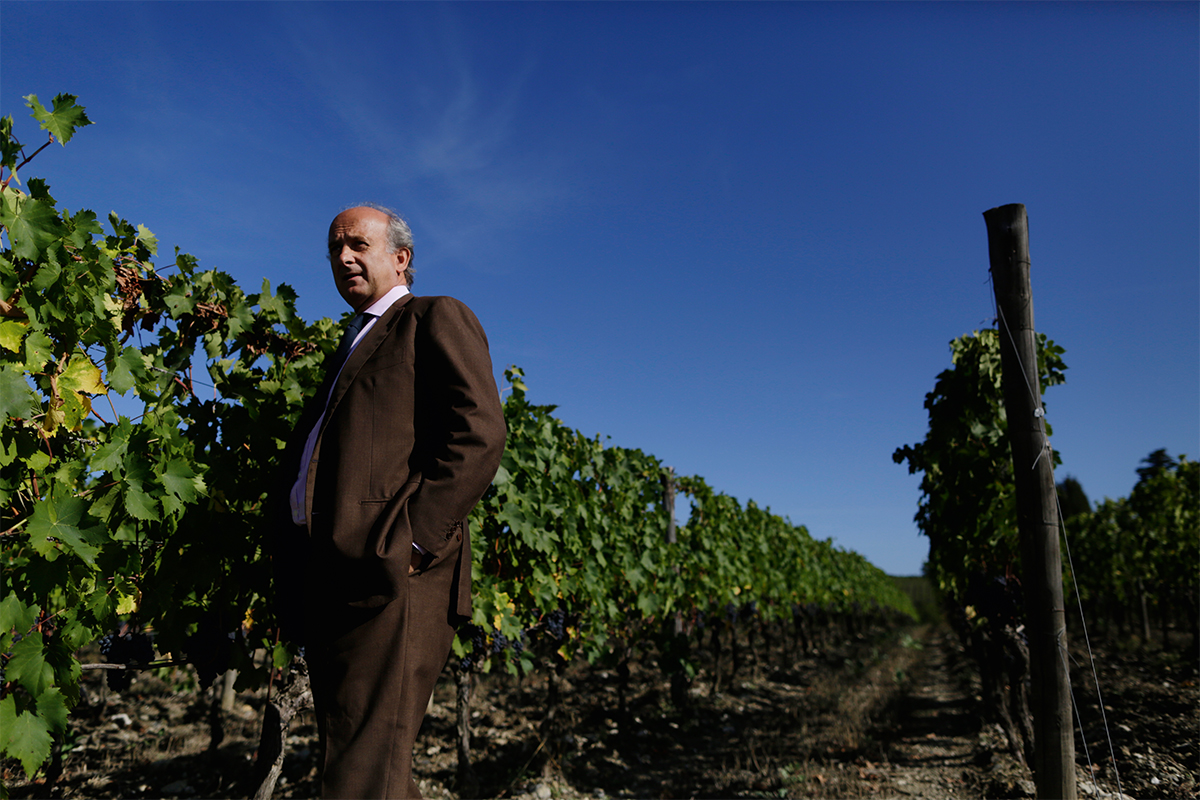
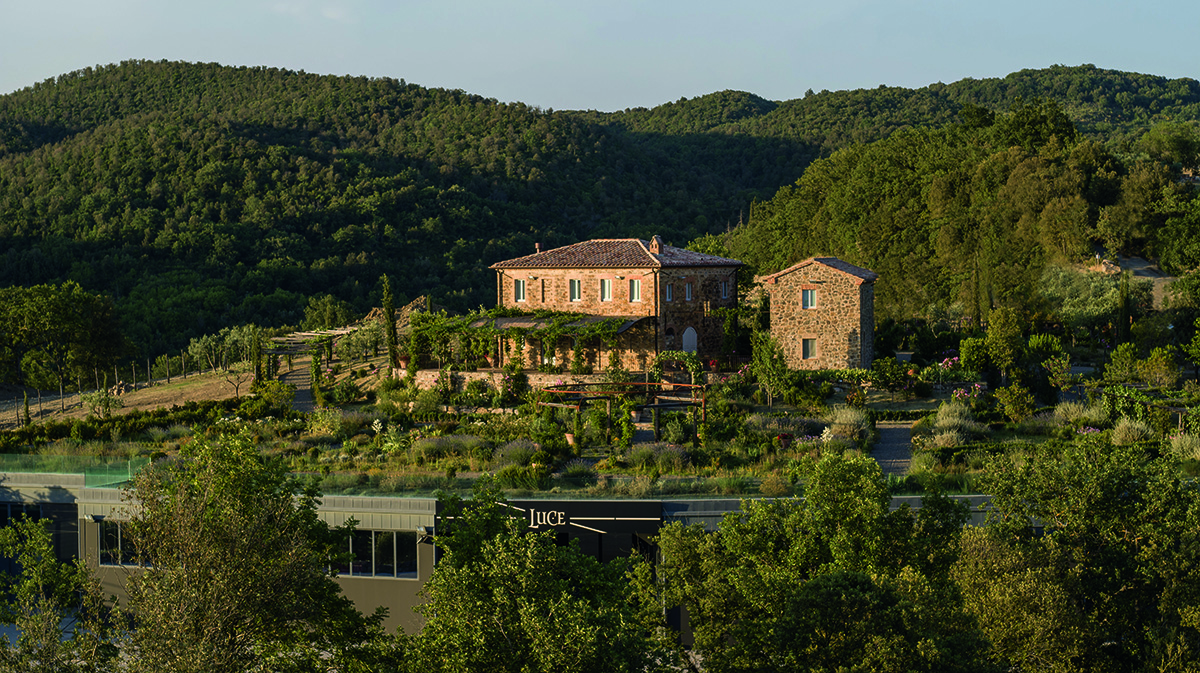
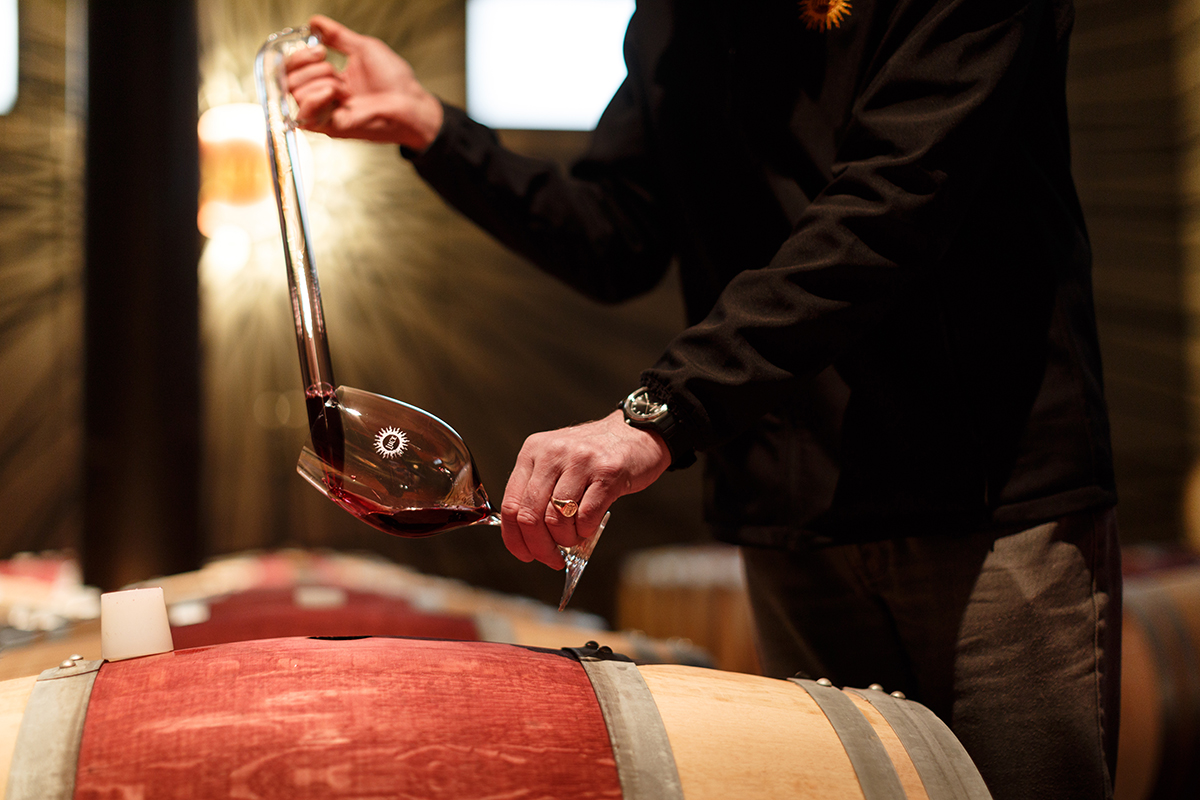
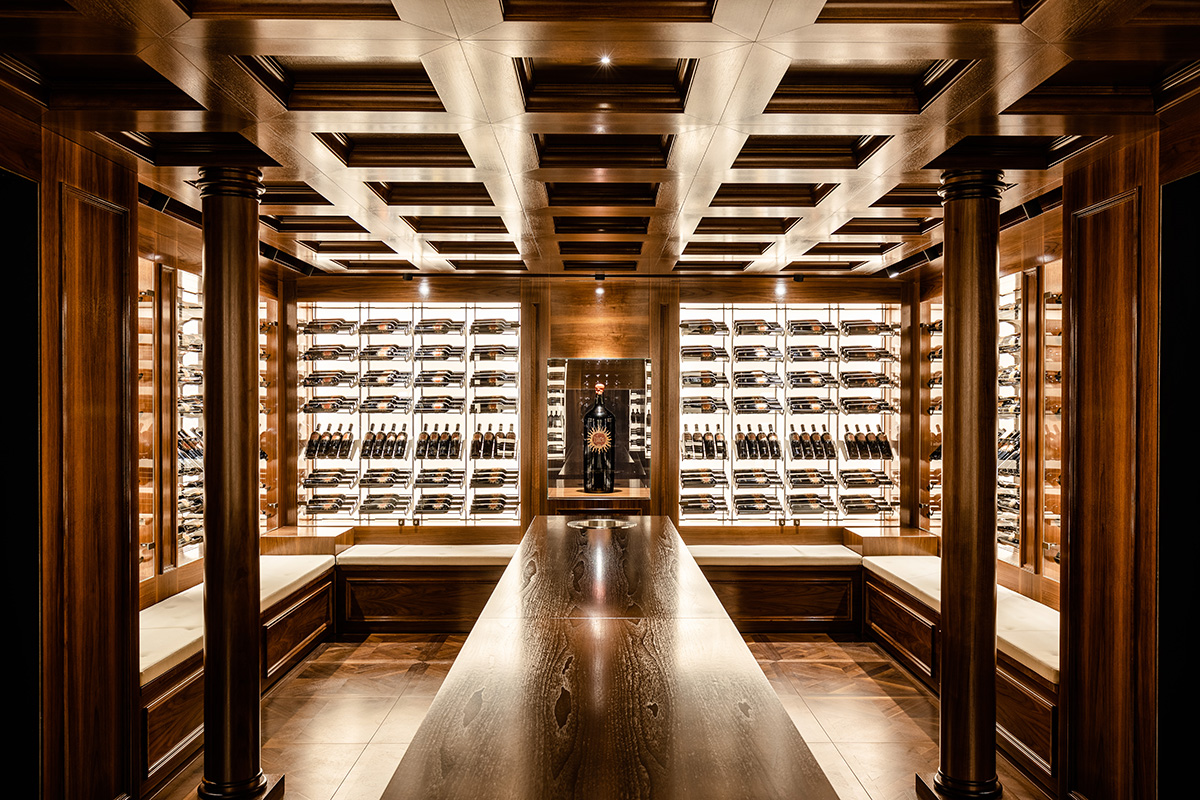





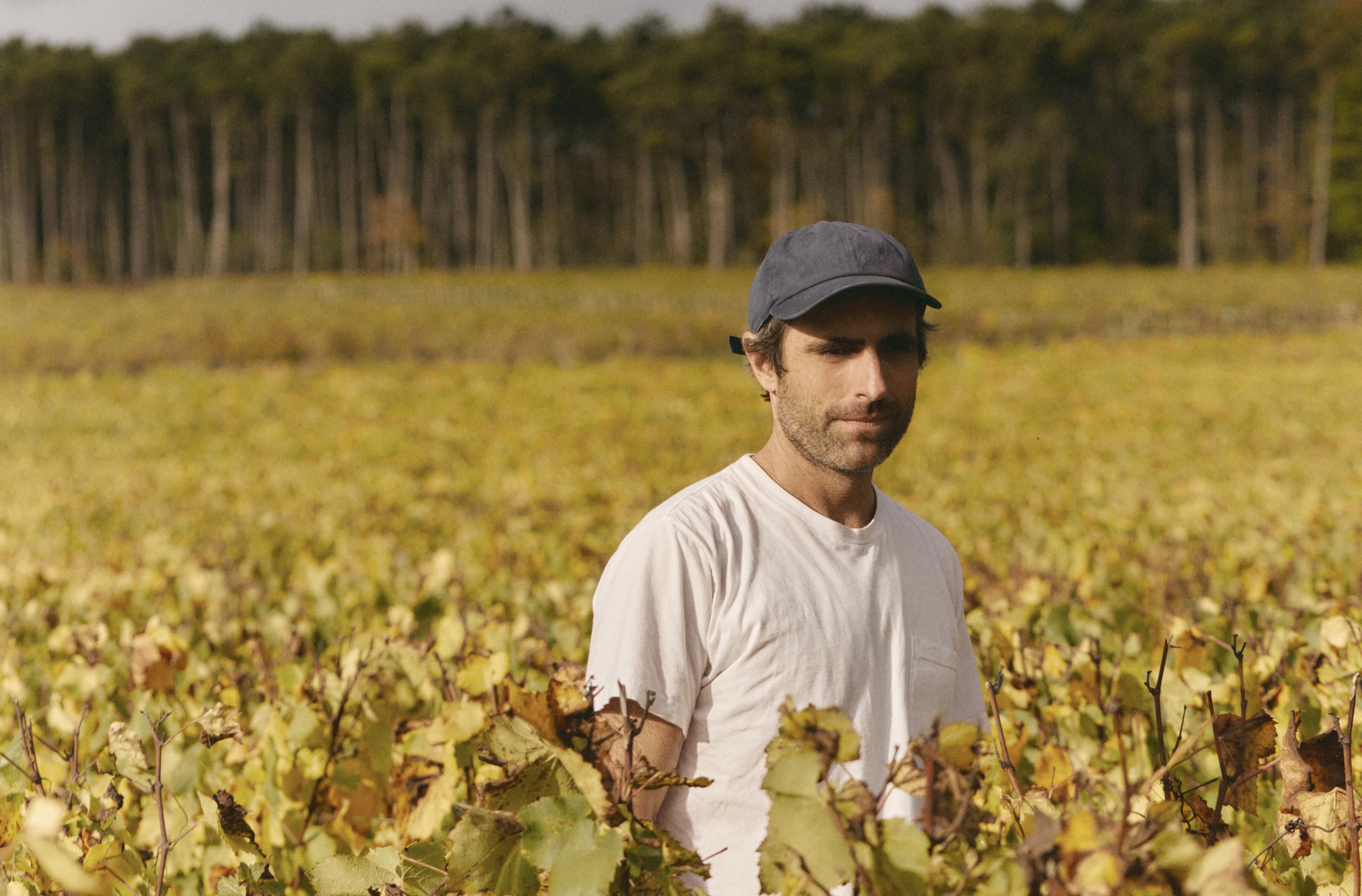
Recent Comments